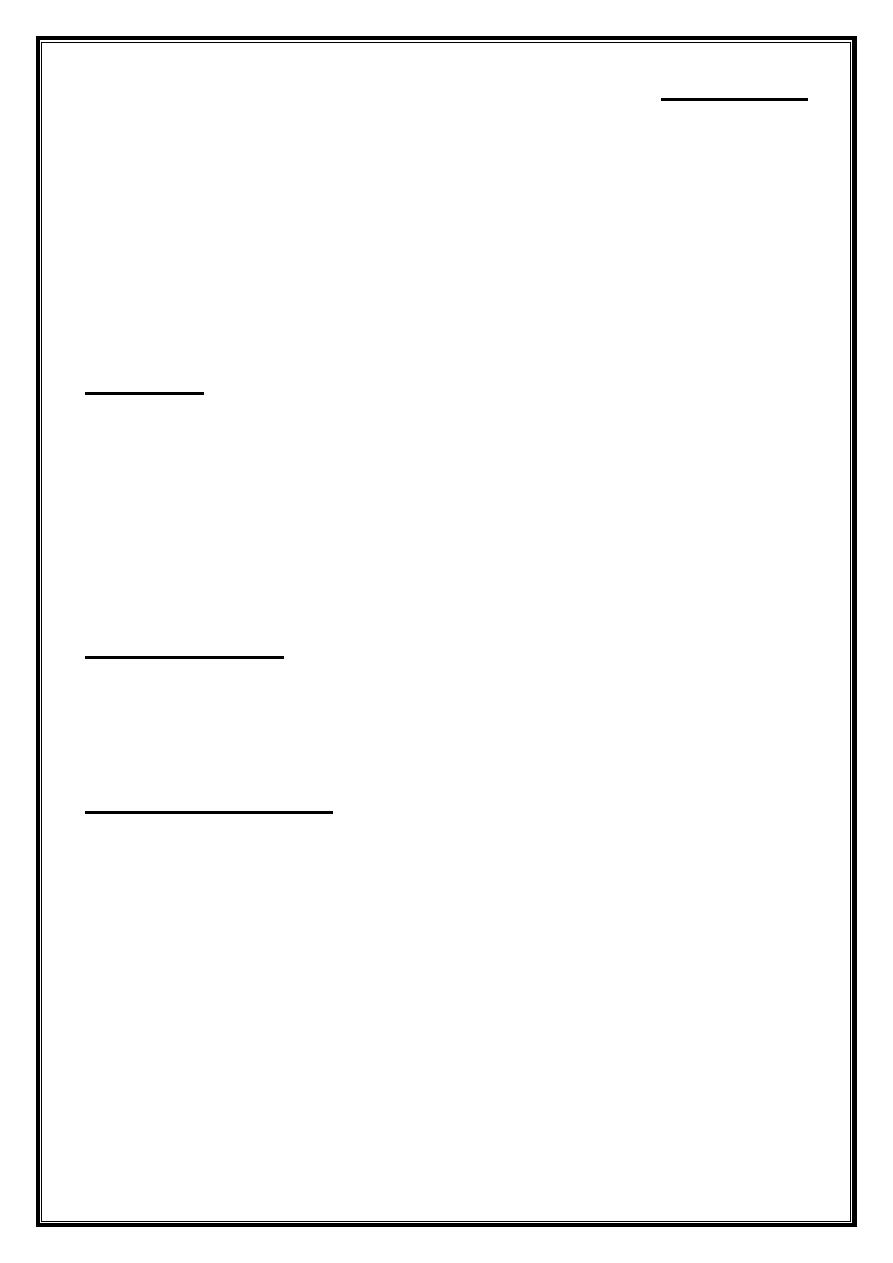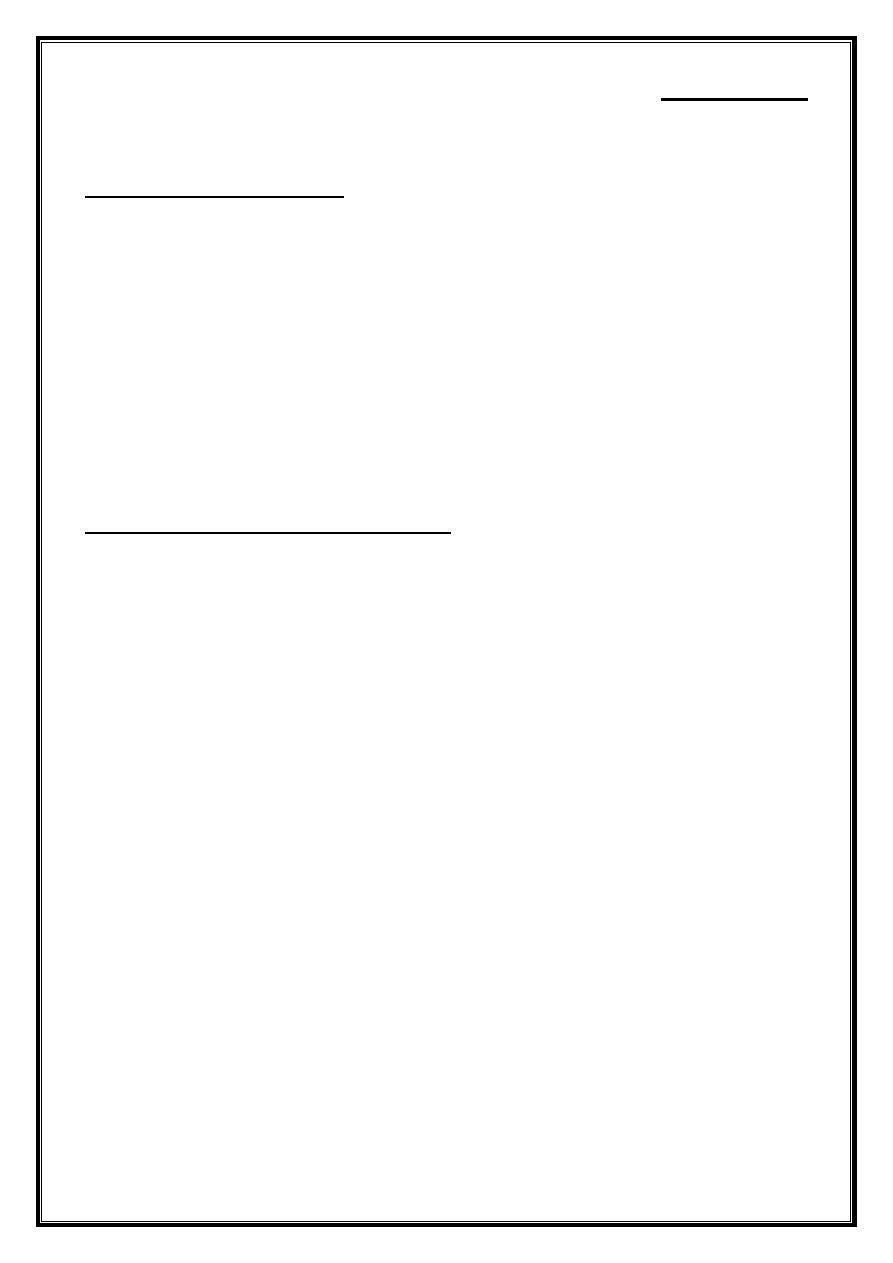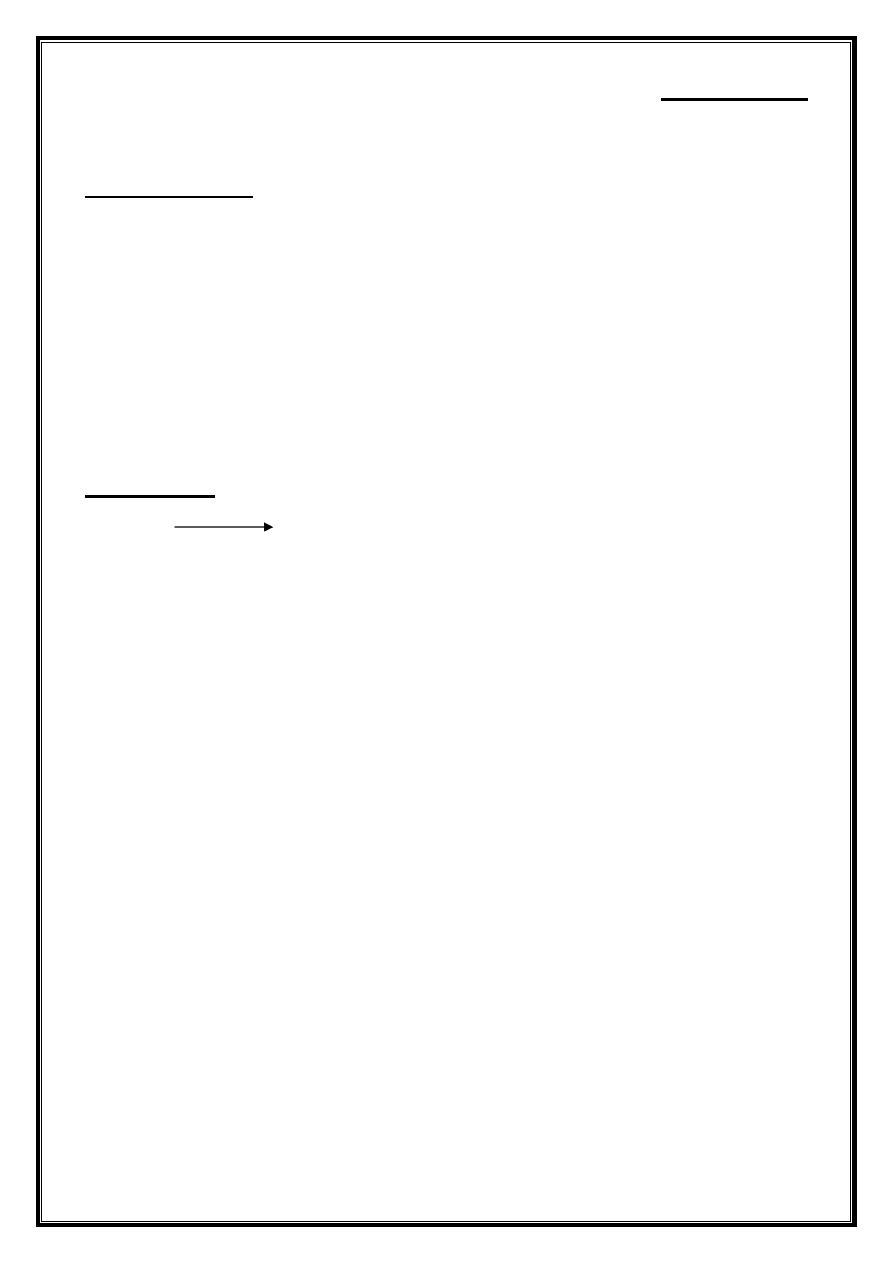
د. اﺣﻤﺪ ﻋﺒﻮد
Infantile hypertrophic pyloric stenosis (PS)
pyloric stenosis (PS): Is the most common surgical
cause of vomiting in intancy.
Incidence:
The incidence of pyloric stenosis has been increasing from approximately 1:900 live
birth reported in 1957 to 1:150 reported in 1988.
Male infants are affected 4 times more Frequently than are girls, PS has an increase
incidence in babies with intestinal malrotation, obstructive uropathy, and esophageal
atresia.
Pathophysiology:
The pyloric musculature in PS demonstrates hyper-trophy without hyperplasia and it
mainly occures in the circular muscle wall of the pyloric canal.
Clinical presentation:
The typical age at presentation is 2 to 8 weeks. In previously premature infants,
which account for 10 % of cases, it typically occurs when the child reaches 42 to 50
week of postconceptual age.
The child has postprandial, Forceful, non bilious vomiting, commonly referred as
"Projectile". Rarly The emesis may be bloody from gastritis or esophageal trauma.
The infant typically is hungry after vomiting, eager to eat, only to vomit once again.

د. اﺣﻤﺪ ﻋﺒﻮد
Less vomiting occurs with low curd feedings such as breast milk, or dextrose with
water.
The progression, if not recognized, will lead to weight loss, often below birth weight,
all signs of dehydration, anaemia, indirect hypcrbilirubinemia and irritability.
Diagnosis:
1. Physical examination: The abdomen is scaphoid, particularly after recent
emesis gastric waves an be seen through the dodominal wall, increase skin
turger. The hypertrophied pylorus can be palpated in the right upeer quadrant
occurs in more than 90% of cases. Palpation of the hypertrophied pylorus,
which has the feel of an "oline" mass confirms the diagnosis, and no farther
imaging is necessary.
2. Ultra sound: U/S has almost exclusively replaced the upper GI. Contrast
series as the confirmatory study. U/S shows increase pyloric wall thickness in
excess of 3mm, a length in excess of 15mm, along with a classic appearance of
the narrowed pyloric channel and redundant thickened mucosa (Target sign).
3. Upper Gastrointestinal series: positive studies will show a norrow pyloric
channel, called "string sign" and *shoulder sign* which is caused by the
impression of the pylornc into the duodenum.

د. اﺣﻤﺪ ﻋﺒﻮد
Differential Diagnosis:
1. over feeding.
2. Gastroesophaqeal reflux.
3. Gastro enteritis.
4. Pyloro spasm.
5. pyloric atresia.
6. dnodenal atresia.
7. anular pancreas.
Electrslytes Disturbences in PS:
The most common abnormality is hyponatremic, hypochloremic, hypokalewic
metabolic alkalosis due to massive emesis with paradoxical aciduria.
The loss of gastric secretions lead to delydration, as aresult, through aldosterone-
stimulated absorption, K
+
is excreted in urine in an attempt to conserve Na
+
.
Wild defiydration & electrolytes disturbances can be corrected pre-operatively with
0.45% normal salin with 5% dextrose. Sever disturbances require correction with
0.9% normal saline bolius of 10 to 20 ml/kg Followed by administration of 0.9% N/S
in 5% dextrose solntion. Fluid should be administration at arate of 25% to 50% above
maintenance.

د. اﺣﻤﺪ ﻋﺒﻮد
Investigations:
1. CBC.
2. S.K
+
3. S.NA
+
4. S.cl
-
5. Blood urea.
6. GOE
Treatment:
Operative pylormyotomy (Ramstedt operation)
------------------------------------------
------------------------------------------
Thanks
